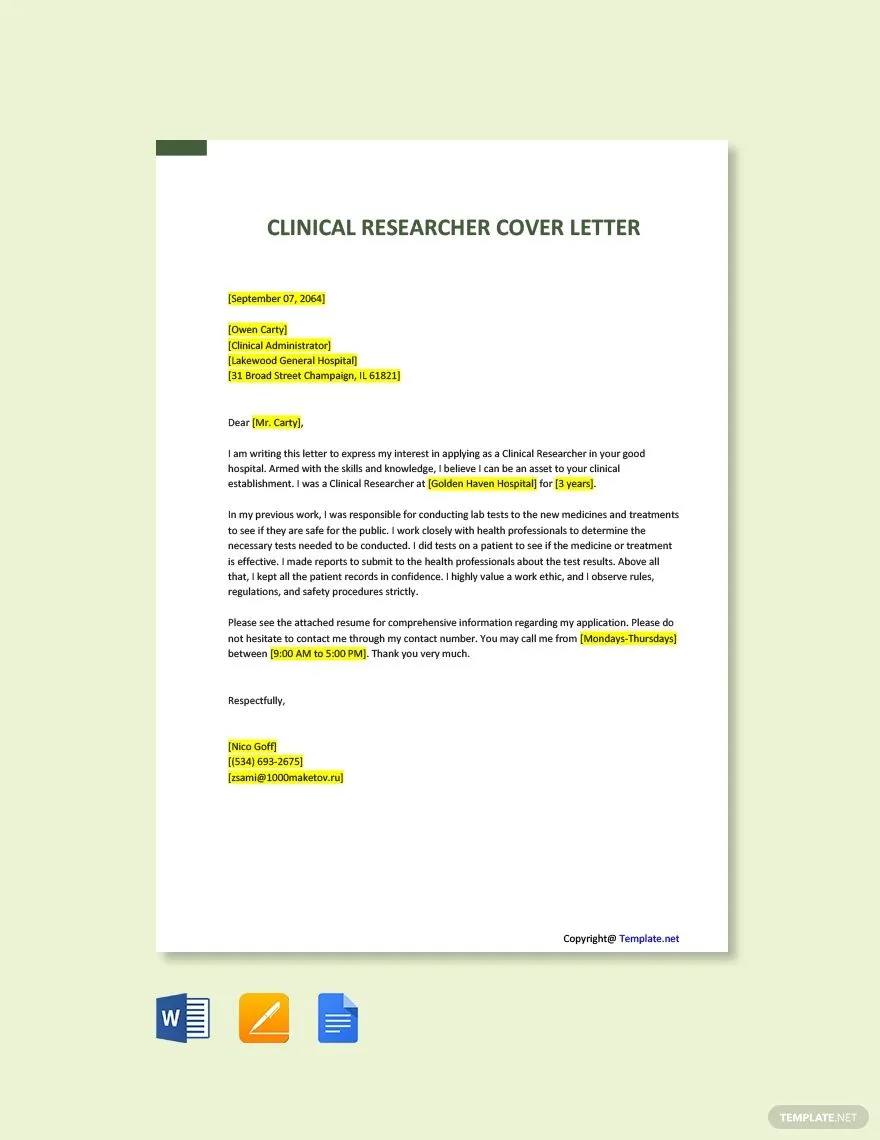What is an NIH R01 Cover Letter?
The NIH R01 cover letter is a crucial component of your research grant application. It’s a concise, one-page document that accompanies your detailed research proposal, serving as the first impression for the review panel. Think of it as your opportunity to introduce yourself, summarize your project, and highlight why your research deserves funding. A well-crafted cover letter can significantly influence the reviewers’ initial perception of your application and set the stage for a positive evaluation. Therefore, dedicating time and effort to create a compelling cover letter is an essential step in the grant writing process.
Purpose of the Cover Letter
The primary purpose of the NIH R01 cover letter is to provide the review panel with a quick overview of your application and to convey its importance and suitability for funding. It allows you to briefly introduce your research project, state its specific aims, and emphasize its significance. Beyond this basic introduction, the cover letter serves several other functions. It offers an opportunity to address any special circumstances, such as revisions to a previously submitted application or potential conflicts of interest. It can also be used to highlight any novel aspects of your research or to clarify any aspects of your application that might require additional context. Ultimately, the cover letter acts as a crucial tool in presenting your research in the most favorable light.
Key Components of a Winning NIH R01 Cover Letter
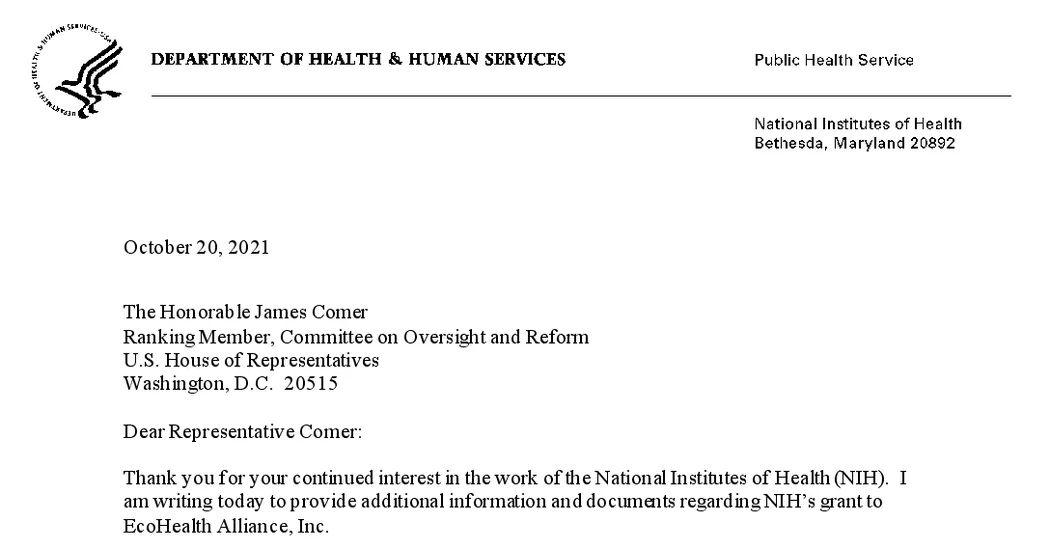
A winning NIH R01 cover letter is characterized by several key components. These elements, when combined effectively, will significantly enhance your application’s chances of success. A well-structured cover letter immediately captures the reviewer’s attention, providing a concise yet comprehensive summary of the proposed research, and this first step is critical in setting the tone for a thorough review.
Principal Investigator (PI) Information
Begin your cover letter by clearly stating the Principal Investigator’s (PI) name, institutional affiliation, and contact information. Include the title of the research project and the grant application number if applicable. This information should be presented professionally and should align with the information provided in the rest of your application. Accuracy is essential at this stage; any inconsistencies could signal carelessness or a lack of attention to detail. Furthermore, the information provided here ensures the review panel can quickly and easily identify the applicant and the project under consideration.
Project Title and Summary
Provide a concise and compelling summary of your research project. The project title should accurately reflect the focus of your research. The summary should be no more than a few sentences, succinctly describing the project’s objectives, methodology, and anticipated outcomes. It should capture the reviewer’s interest and provide a clear understanding of the proposed research. Keep in mind that the cover letter is often the first part of your application that reviewers read, so this section is your chance to make a strong first impression and make them want to read the rest of the application. Ensure this summary is engaging and easy to understand, even for those outside your specific field.
Specific Aims and Significance
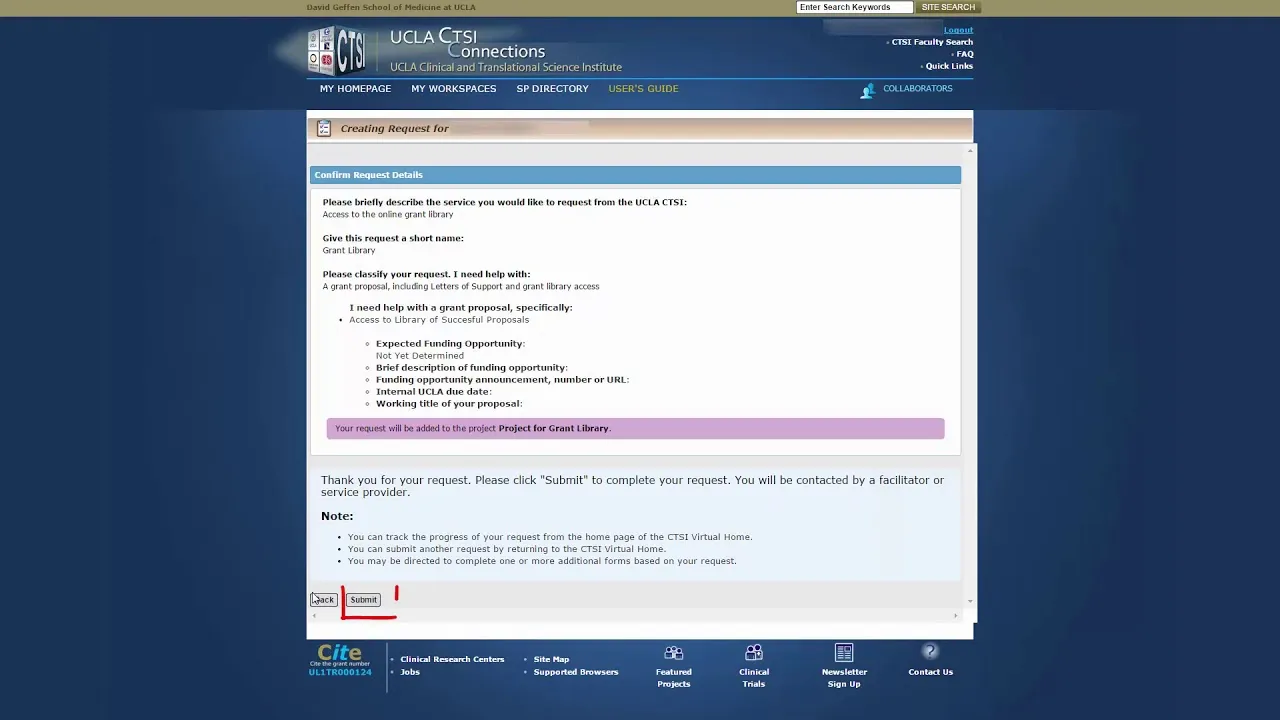
Briefly state your research project’s specific aims. What specific questions will your research answer? What are the project’s overall goals? Also, highlight the significance of your research. Why is this research important? What impact will it have on the field or on public health? Emphasize the potential contributions of your research and its relevance to the mission of the NIH. Explain how your work fills a gap in current knowledge or addresses a critical need. Convince the reviewers that your project is worth funding by highlighting its originality, importance, and potential for significant impact. Be clear, concise, and impactful in conveying the value of your proposed research.
Budget Overview
Include a brief overview of the requested budget. Mention the total amount of funding requested and the duration of the project. This provides a quick reference for the review panel and gives them an immediate sense of the scope of your project. While you should not provide a detailed breakdown of the budget here, you should ensure that the amount requested is in line with the project’s aims and scope. This section should not be overly detailed but should give the reviewers a general idea of the resources needed to complete your proposed work.
Contact Information
Provide your contact information, including your email address, phone number, and mailing address, for easy access. This information is essential for the NIH to contact you with any questions or notifications about your application. Ensure all contact details are accurate and up-to-date. Including this information at the end of the letter ensures that the reviewers and the NIH have a straightforward way to reach you if needed, demonstrating professionalism and attention to detail.
Writing the Perfect NIH R01 Cover Letter
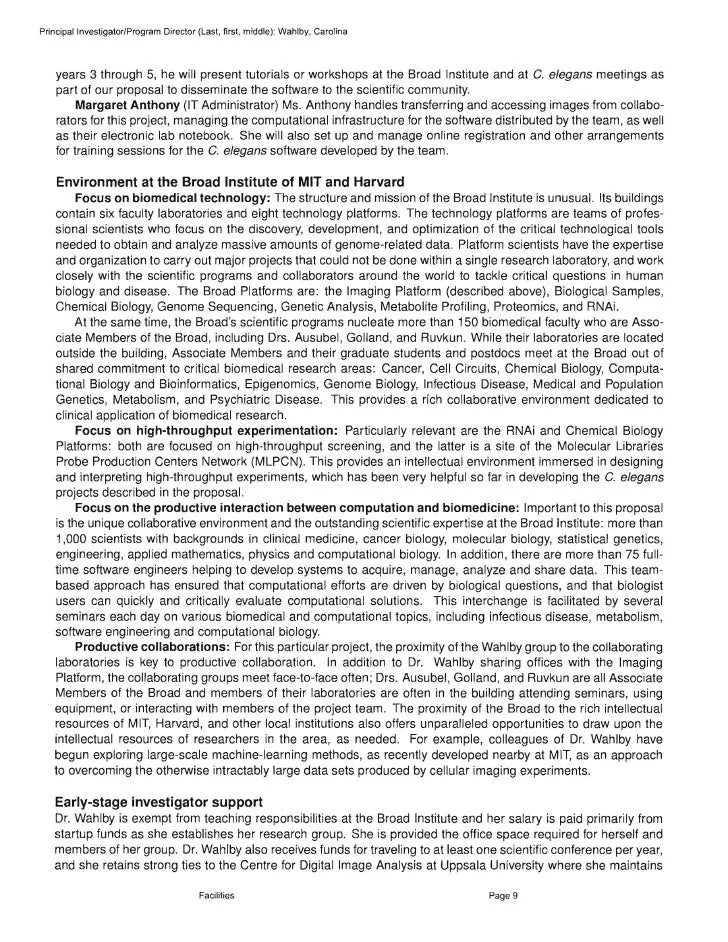
Crafting the perfect NIH R01 cover letter requires careful planning, clear communication, and attention to detail. By following a few key guidelines, you can create a cover letter that effectively introduces your research project and increases your chances of securing funding.
Know Your Audience
Understand that your audience comprises a panel of reviewers with varying levels of expertise. Write in clear, concise language, avoiding jargon or overly technical terms. Ensure your cover letter is accessible to a broad scientific audience while accurately representing your research. Tailor your language and emphasis to reflect the specific focus of the funding opportunity and the priorities of the NIH. Consider what the reviewers are likely to be looking for and address these aspects explicitly.
Use Strong and Concise Language
Use strong verbs and precise language to convey your ideas effectively. Avoid vague or ambiguous phrasing. Every word should contribute to the clarity and impact of your message. Edit ruthlessly to eliminate unnecessary words or phrases. Keep your sentences and paragraphs concise, making sure each point is easily understood and contributing to the overall narrative. Use clear and active voice to make your writing more engaging and persuasive. Remember, the cover letter should make a powerful statement in a limited space.
Highlight Key Strengths
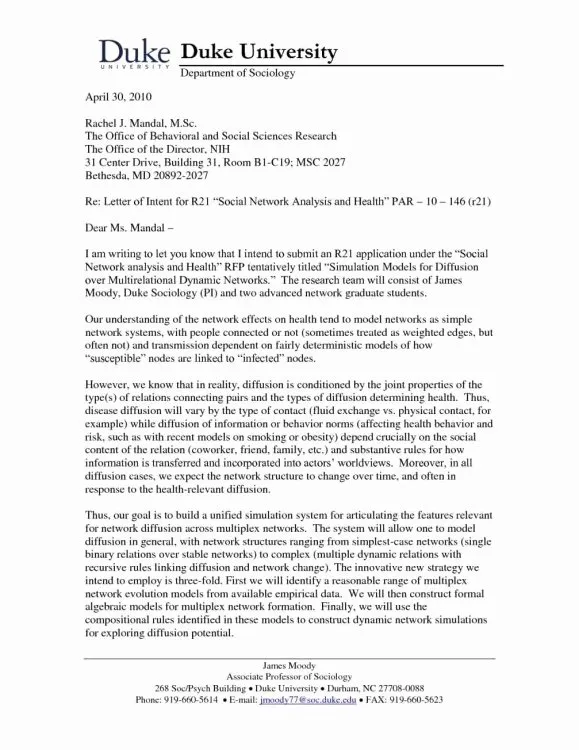
Focus on the strengths of your research project. Emphasize its innovation, significance, and feasibility. Highlight any preliminary data, unique methodologies, or collaborative partnerships. Showcase your expertise and experience in the field, particularly any accomplishments relevant to the proposed project. Stress how your research aligns with the mission and priorities of the NIH. Clearly and persuasively communicate the key benefits of your research and why it deserves funding, making a strong case for your project’s excellence and potential impact.
Formatting and Structure
Adhere to the formatting guidelines provided by the NIH. Typically, the cover letter should be limited to one page. Use a clear, professional font such as Times New Roman or Arial. Ensure adequate margins and spacing for readability. Use headings and bullet points to organize information and make it easy for reviewers to scan the document. Maintain a consistent style throughout the cover letter. Proofread carefully to eliminate any errors in grammar, spelling, or punctuation. A well-formatted letter presents a professional image and demonstrates attention to detail.
Common Mistakes to Avoid
Avoiding common mistakes is essential for creating a compelling cover letter. By steering clear of these pitfalls, you can ensure that your application is presented in the best possible light. Failing to address these key points will likely hinder your application, so focusing on the details can make a significant difference.
Ignoring Instructions
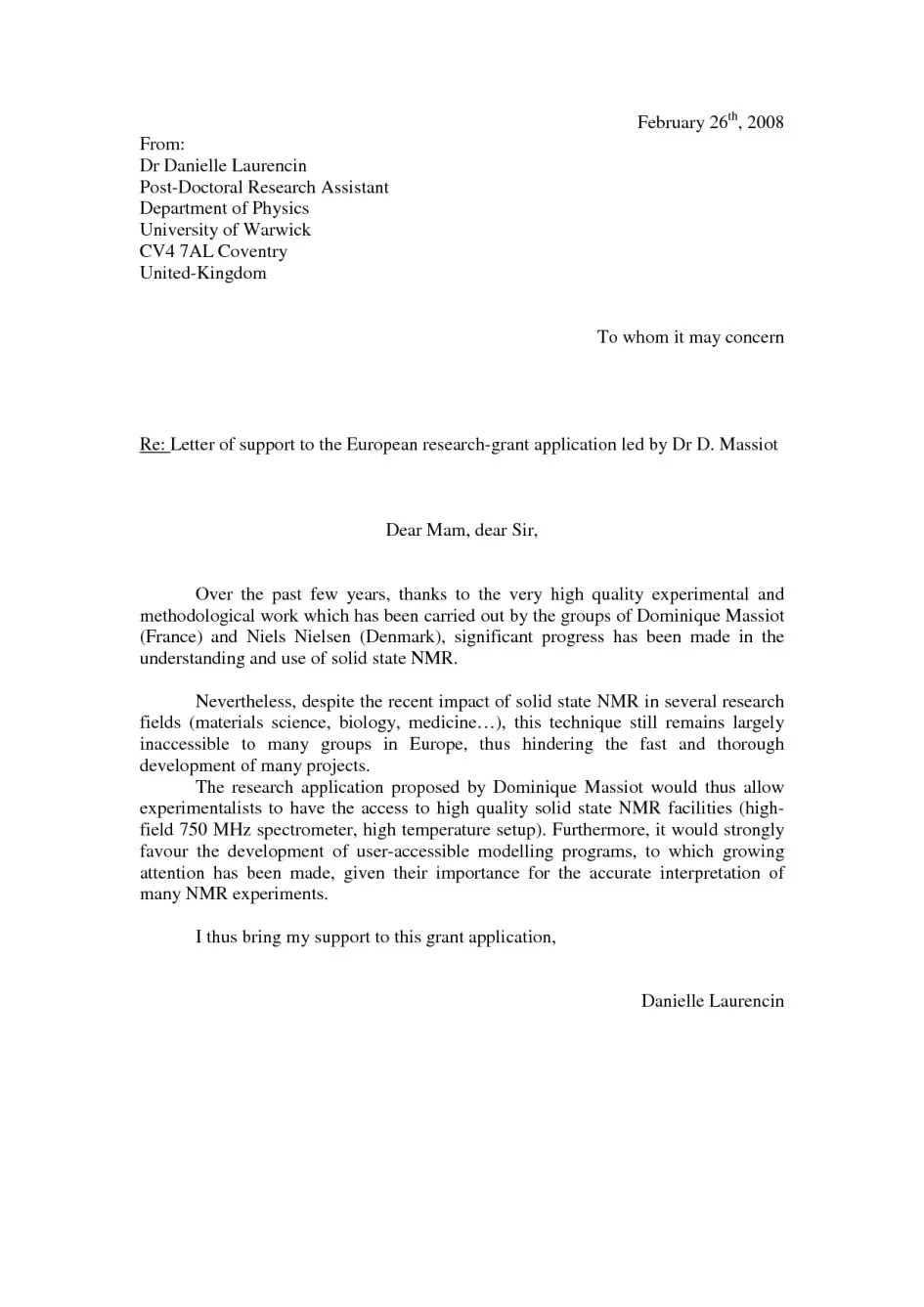
Carefully review and follow all instructions provided by the NIH. Make sure you understand the specific requirements for the cover letter. Failure to follow instructions, such as page limits or formatting guidelines, can lead to an immediate rejection of your application. This shows a lack of attention to detail and disregard for the funding agency’s requirements. If there are any ambiguities, seek clarification from the NIH or a grant specialist. Demonstrate your commitment to the application process by adhering to the rules.
Using Vague Language
Avoid using vague or ambiguous language that might confuse the reviewers. Be precise and specific in describing your research project, its objectives, and its significance. Provide concrete details and data whenever possible. Avoid using overly general statements that do not convey the core ideas of your project. Ensure your cover letter contains specific information and that it is immediately clear to the reviewers what you propose to do and why your project merits funding. Every statement should contribute to the clarity and impact of your message.
Lack of Proofreading
Proofread your cover letter meticulously before submission. Errors in grammar, spelling, and punctuation can undermine your credibility and detract from the quality of your application. Have a colleague or mentor review your letter for accuracy and clarity. Carefully check all information, including names, titles, and references. Ensure that the language used is professional, clear, and compelling. A well-proofread cover letter demonstrates that you pay attention to detail and are committed to presenting a polished, professional application.
Best Practices for a Successful Cover Letter
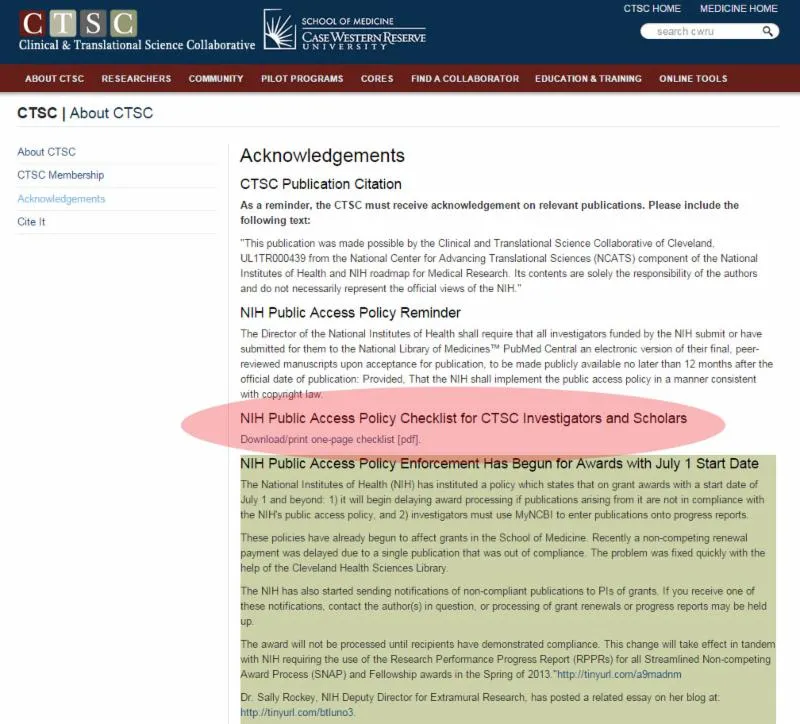
Incorporating best practices enhances the effectiveness of your NIH R01 cover letter and increases the likelihood of a successful application. By following these guidelines, you can ensure that your letter makes a positive and lasting impression on the reviewers.
- Tailor your letter to the specific funding opportunity and the NIH’s mission.
- Keep it concise, focused, and easy to read.
- Highlight the strengths and potential impact of your research.
- Ensure accuracy and attention to detail in every aspect of the letter.
- Seek feedback from colleagues or mentors to improve clarity and effectiveness.
By following these best practices, you will greatly improve the quality of your NIH R01 cover letter and its chances of getting funded. Remember, this is your opportunity to make a strong first impression and convince the review panel that your research deserves their support.
